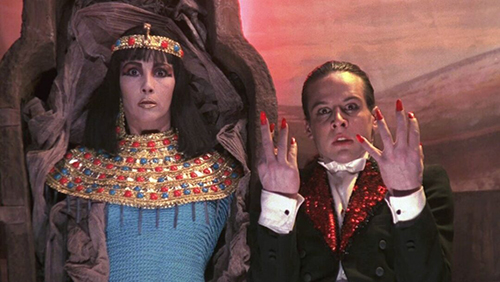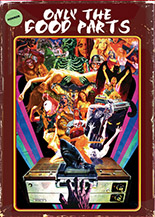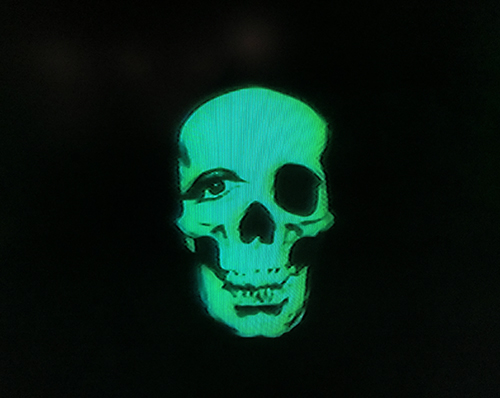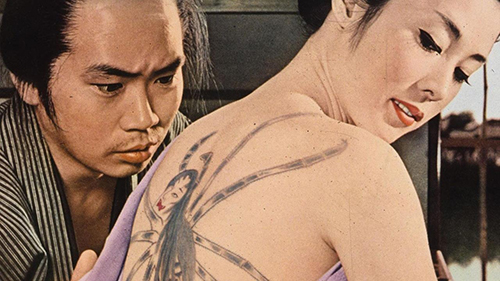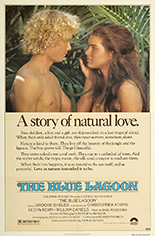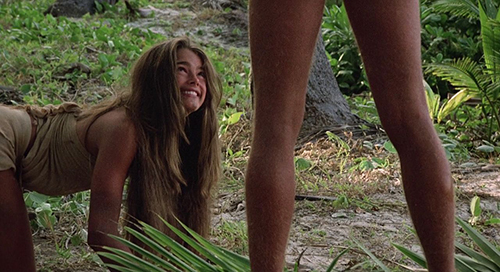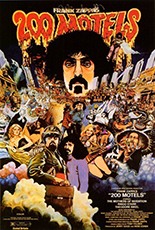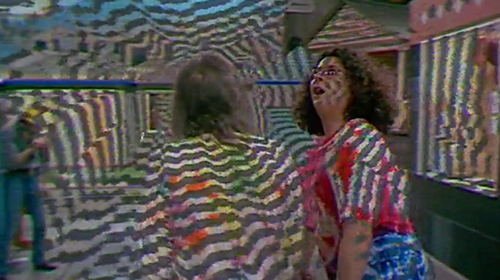
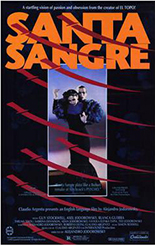 Alejandro Jodorowsky is a transcendental madman. He’s everything a master of eclecticism who is consistently creating in this world should be, but, as the dollar reigns supreme over us all, sadly can’t be, no matter how hard he tries. That should be obvious given his scant track record of film, placated through other forms of art.
Alejandro Jodorowsky is a transcendental madman. He’s everything a master of eclecticism who is consistently creating in this world should be, but, as the dollar reigns supreme over us all, sadly can’t be, no matter how hard he tries. That should be obvious given his scant track record of film, placated through other forms of art.
But the mercilessly beautiful tale of Santa Sangre took him from the realm of suspected hippie storyteller to proven grandfather of spiritual interpretation, as the film takes us not only on a journey throughout the life of Fenix, but the life of all of Jodorowsky’s obsessions and damnations, from holy cults and bosomy circus folk to maternal obsessions and the Invisible Man.
Jodorowsky’s sons Adan and Axel are Fenix, young and old, respectively. As a child in the circus, he sees far too much death and sex, and soon, they become intertwined, from his mother obsessively believing in a folkloric saint to his father’s demonic womanizing, all done under an American flag. After another night of bloated cheating, Mom throws acid all over Dad’s penis and, in turn, he slices her arms off.
Having been in an asylum where he is surrounded by mentally handicapped children for most of his life, Fenix sees his mother standing outside his window and escapes — and, in turn, becomes her arms. While I’m sure that’s healthy, it gets worse as Mom can’t stand Fenix thinking about any other women and kills them all, often in the most gorgeously giallo of ways.
A hauntingly challenging film consistently filled with beautiful darkness and feral wonder, I consider this to be Jodorowsky’s apex as a director, taking himself, Fenix and especially the viewer to the ultimate outreaches of religious ecstasy and unholy forgiveness, a combination few directors — if any — could truly present on screen. —Louis Fowler

